🚚 Fast Delivery | ⭐ Best Quality | 📞 24/7 Support
+971 2 552 3918
info@coolwaybmllc.com
- Power Tools & Machinery
- Fire and Safety Equipement
Fire and Safety Equipement
- Adhesives
- Plumbing & Sanitary
- Packing Materials
Packing Materials
- Abrasives
- Carpentry
- Welding Accessories
Welding Accessories
- Fasteners
- Lock & Furniture Accessories
Lock & Furniture Accessories
- A/C Refrigeration
- Electrical
Electrical
1,00 د.إ
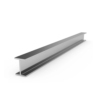
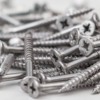
1,00 د.إ
You can add any HTML here
We suggest you to create a Saved Template in Dashboard -> Templates -> Saved Templates and use it by switching content type above to Saved template.
A through bolt is a type of fastener designed to join two or more components by passing completely through them and securing them with a nut or washer on the opposite side. Unlike standard bolts that only secure one side, through bolts provide a more robust, through-and-through fastening solution, ideal for high-strength applications where maximum load-bearing and resistance to stress are necessary.
Through bolts are made from a variety of materials depending on the specific needs of the application. Common materials include steel, stainless steel, and alloy metals, each offering different strengths and resistance properties. For example, stainless steel is chosen for its corrosion resistance in outdoor or marine environments, while carbon steel might be used in structural connections where strength is paramount. The bolt typically has a shaft with threaded sections, which are inserted through aligned holes in the components to be fastened. Once the bolt passes through the parts, it is tightened with a nut, often accompanied by washers to help distribute the load evenly and prevent surface damage.
Through bolts are used in a wide range of industries, particularly in construction, automotive, and industrial machinery. In construction, they are used to join steel beams, concrete elements, and structural components, where they bear heavy loads and must resist significant shear forces. In automotive applications, through bolts are used to fasten engine components, chassis parts, and other high-stress elements that need to remain secure under vibration. The marine industry also makes extensive use of through bolts for securing parts like boat hulls, where resistance to both physical stress and corrosion is crucial.
Through bolts are known for their strength, as the load is distributed evenly across the joined parts, preventing loosening or separation due to vibrations or mechanical forces. The design allows for easy disassembly when maintenance or repairs are required, as the nut can be removed without causing damage to the fastened components. Through bolts also provide high precision in terms of clamping force, ensuring that parts remain securely attached.
The primary disadvantage of through bolts is that they require access to both sides of the components for installation. This can be difficult in confined spaces or when working with larger assemblies. Additionally, the process of inserting and tightening the bolt with a nut can be more time-consuming compared to other fastening methods, such as rivets or self-tapping screws.
There is £4.99 charge for delivery under £50 Orders. Additional charges will be imposed by our couriers for delivery to remote area, a surcharge may be levied to cover carriage to these areas.
Through Bolt
1,00 د.إ
- A through bolt is a fastener that passes entirely through two or more components, secured with a nut or washer on the opposite side.
- Provides strong, reliable fastening, ideal for high-load applications requiring resistance to shear forces and vibration.
- Typically made of steel, stainless steel, or other strong alloys, depending on the environment and load requirements.
- Commonly used in construction, automotive, machinery, and marine industries.
- Strong, stable, and durable fastening.
- Resistant to loosening due to vibrations.
- Easy to disassemble for maintenance or repairs.
- Requires access to both sides of the components for installation and tightening.
A through bolt is a type of fastener designed to join two or more components by passing completely through them and securing them with a nut or washer on the opposite side. Unlike standard bolts that only secure one side, through bolts provide a more robust, through-and-through fastening solution, ideal for high-strength applications where maximum load-bearing and resistance to stress are necessary.
Through bolts are made from a variety of materials depending on the specific needs of the application. Common materials include steel, stainless steel, and alloy metals, each offering different strengths and resistance properties. For example, stainless steel is chosen for its corrosion resistance in outdoor or marine environments, while carbon steel might be used in structural connections where strength is paramount. The bolt typically has a shaft with threaded sections, which are inserted through aligned holes in the components to be fastened. Once the bolt passes through the parts, it is tightened with a nut, often accompanied by washers to help distribute the load evenly and prevent surface damage.
Through bolts are used in a wide range of industries, particularly in construction, automotive, and industrial machinery. In construction, they are used to join steel beams, concrete elements, and structural components, where they bear heavy loads and must resist significant shear forces. In automotive applications, through bolts are used to fasten engine components, chassis parts, and other high-stress elements that need to remain secure under vibration. The marine industry also makes extensive use of through bolts for securing parts like boat hulls, where resistance to both physical stress and corrosion is crucial.
Through bolts are known for their strength, as the load is distributed evenly across the joined parts, preventing loosening or separation due to vibrations or mechanical forces. The design allows for easy disassembly when maintenance or repairs are required, as the nut can be removed without causing damage to the fastened components. Through bolts also provide high precision in terms of clamping force, ensuring that parts remain securely attached.
The primary disadvantage of through bolts is that they require access to both sides of the components for installation. This can be difficult in confined spaces or when working with larger assemblies. Additionally, the process of inserting and tightening the bolt with a nut can be more time-consuming compared to other fastening methods, such as rivets or self-tapping screws.
There is £4.99 charge for delivery under £50 Orders. Additional charges will be imposed by our couriers for delivery to remote area, a surcharge may be levied to cover carriage to these areas.
Reviews
There are no reviews yet.
Buy more save more!
Buy from 2 to 4 items and get 10% OFF
on each productBuy from 5 to 8 items and get 15% OFF
on each product- Free shipping on all orders above 50,00
- No hassle returns, 30 days return
- Next day delivery within your country

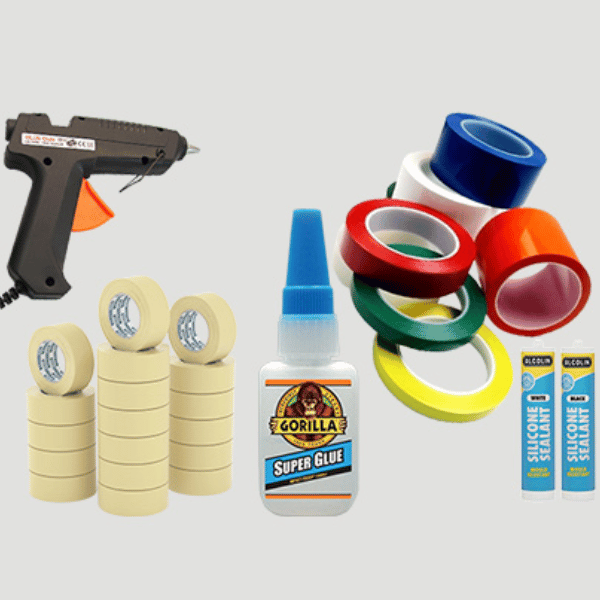
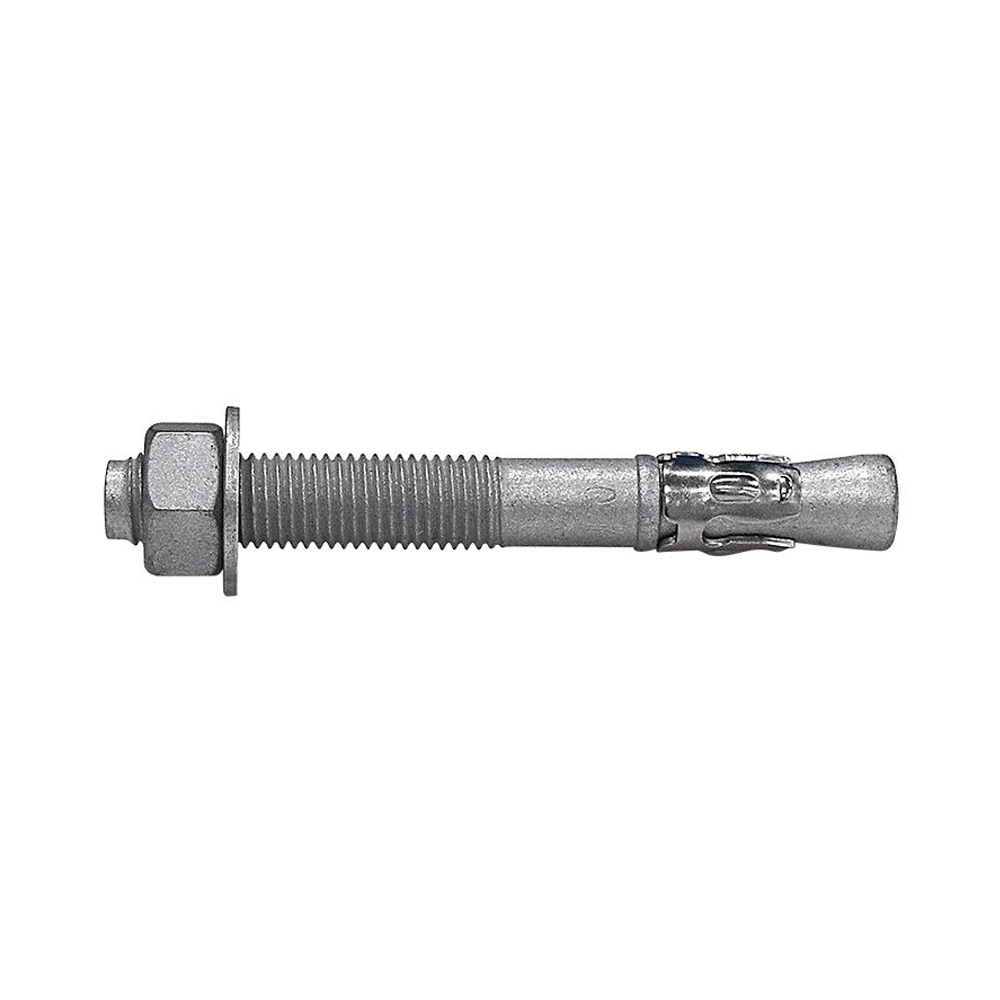
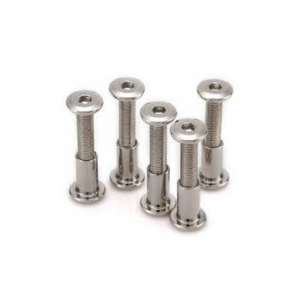

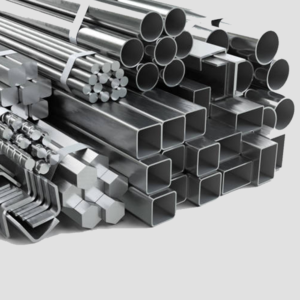

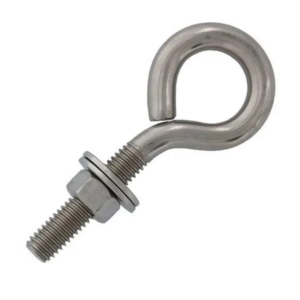
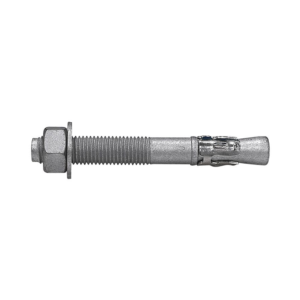
Reviews
There are no reviews yet.